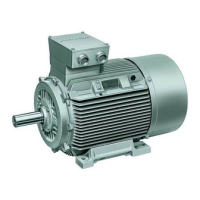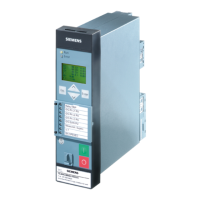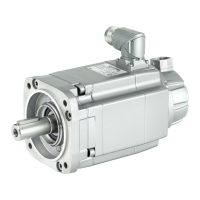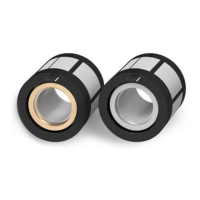Transport, installation and assembly
3.10 Connection of the machine
A5E01083943A AB
Siemens AG Operating Instructions 2.02 1FW4
53
Connecting using cable lugs
When using cable lugs to make the connection, the choice of cable lug size must match the
required conductor cross-section and the bolt size. A sloped/angular arrangement is only
permitted provided the required air insulation gaps are met. Remove the insulation from the
conductor ends so that the remaining insulation is almost long enough to reach the cable lug.
Note
The current-carrying capacity of the connection is guaranteed using the CuZn contact nuts.
These nuts must not be replaced by parts made from other materials.
Connection without cable lugs
The design of the terminals makes it possible to connect fine-wire conductors without the
use of wire end ferrules. Wire end ferrules should only be used if they are attached to the
conductor before connection, using an appropriate, current-carrying compression
connection.
NOTICE
If terminal links are used, the current-carrying connection is guaranteed using CuZn contact
nuts. These nuts must not be replaced by parts made from other materials.
Aluminum conductors
If aluminum conductors are connected, we recommend removing the oxide coating layer
using a brush or file prior to inserting them in the clamps. The conductors should then be
immediately greased using neutral Vaseline in order to prevent re-oxidation.
NOTICE
Aluminum flow is likely to occur after the conductors have been connected due to the
contact pressure. This should be compensated for by re-tightening the clamping nuts after
approximately 24 hours and then again after approximately 4 weeks.
Use of single-stranded cables
When high currents and several single-core conductors are used instead of stranded cables
in the cable entry port area, high temperatures result due to eddy currents. After
commissioning, ensure that the temperature limits of the connected power cables are not
exceeded during operation. This temperature effect can be reduced by altering the
conditions at the entry points or by using modified cable entry plates after consultation with
the manufacturing plant.
